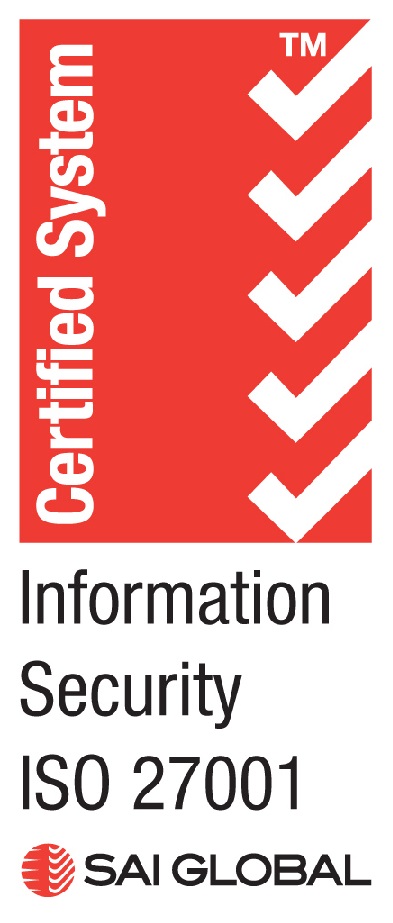Managed services. It’s a common term in the business world. But what is a managed IT service and what does it include?
To help you learns the ins and outs, we sat down with Vipin – one of our managed IT services specialists – to chat all things managed IT services and IT support.
What are managed IT services?
Simply put, a managed IT service is simply an IT service or support function that is managed by an external party. This could be as simple as providing IT support services all the way through to IT strategy, data backup and recovery services and communications.
When your business needs external expertise or action in any field of information and communication technology (ICT), a managed IT services provider could be the answer. You decide the level of resources and services for your optimal solution.
As the use of technology grows constantly, using a managed services provider frees up your resources to grow your business. Our article outlines five major benefits that really count, whatever the size of your business.
There are two types of managed services: co-managed IT services and fully managed IT services.
What are co-managed IT services?
With a co-managed service, you choose what services are managed by your managed services provider and what you’d like to continue managing in-house.
In most cases, ICT and its outputs remains the responsibility of your internal IT team. Allowing you to bring in external resources and expertise for one or more aspects. Example, your team manages the LAN and servers and FUJIFILM CodeBlue takes care of cloud management.
What are fully managed IT services?
For a fully managed IT service, your managed service provider looks after all areas of your ICT service and support.
For example, you have an internal IT Manager only with all ICT activity managed externally through a service-level agreement.
Full MSP services can run the gamut of every IT need your business may have – from a virtual CIO right through to 24/7 support of every system.
Which IT service should I choose?
Generally, co-managed IT services work best for larger enterprises with internal technical resources.
Fully-managed services are ideal for mid-tier businesses up to 500 users with no existing internal skilled staff, and limited budgets for people expansion.
However, every business is unique and before choosing the right mix for your business we recommend reviewing your technology plan and IT strategy to ensure you have the right resources available.
How to assess what managed IT services you need
Using a managed services provider has many benefits. However, the biggest benefit is gained when you align your IT strategy, services and support with your business goals.
Answering these strategic questions might clarify if a managed IT service provider could boost your business. Your answers could also help you map out your technology plan.
- We’re growing, but can we stay ahead of the tech curve?
- Are we meeting market demands for responsiveness, safety and great customer experience?
- Do we spend significant time meeting compliance and industry regulations?
- Our tech team is getting further behind on development projects. How do we support them?
- We need to control our IT budget and break down costs into monthly instalments. What’s the best way to do this?
Your next step is to look for an MSP that can meet your needs in an efficient, budget-friendly package.
What to look for in a managed services provider?
To help you find your best solution, we’ve put together a handy guide to managed IT services. This guide lays out the what’s, why’s and how’s.
Or if you have 2 minutes left in your coffee break, check out our insight into the profitable benefits of having an MSP on your team.
About Vipin Hooda, Principal Solutions Consultant: Our Managed IT services specialist

Vipin focuses on helping customers find purposeful, effective, and cost-efficient ICT solutions. For more than 15 years he’s served clients from small to enterprise scale across all Australian business sectors, governments and NFPs. His strong technical qualifications and wide experience have helped him develop excellent strategic and lateral thinking skills. For every challenge, Vipin asks, ‘am I helping this business solve a problem, and am I helping to innovate?’ With his practical approach and strong business acumen, he quickly gains a clear understanding of business requirements and finds suitable solutions that enables businesses achieve their desired goals.
Have a moment? Check out the latest from our blog
Need more information?
Get in touch with us



